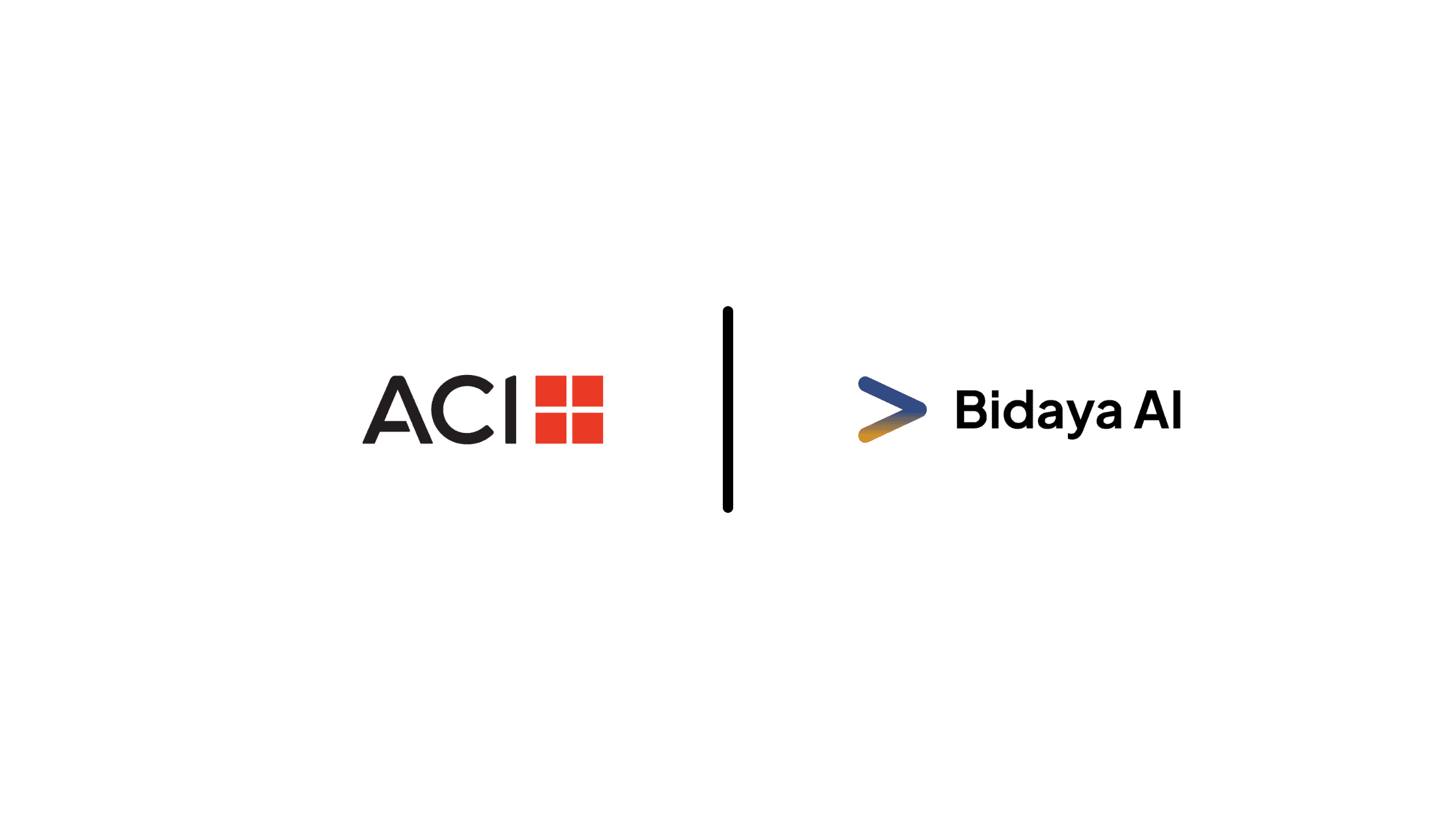Dissecting an RFP: A Guide for Extracting Key Information for Winning Proposals
October 1, 2024
When responding to a Request for Proposal (RFP), your ability to dissect and thoroughly understand the document can make or break your chances of success. RFPs are complex, but by carefully extracting key information and organizing it effectively, you can ensure that your proposal aligns perfectly with the client's needs and objectives. In this guide, we’ll walk you through the best practices for breaking down an RFP and gathering the details that matter most for writing a winning proposal.
Understanding the Structure of an RFP
An RFP typically follows a structured format, which is designed to give you all the information you need to respond. Understanding this structure helps you quickly navigate the document and identify critical sections. Here are the common sections you will encounter:
Introduction or background
Project scope and objectives
Submission guidelines and requirements
Evaluation criteria
Budget constraints
Compliance requirements
Knowing where these sections are can save you time, allowing you to focus on extracting the details that will shape your proposal.
Identifying the Client’s Goals and Challenges
The first and most important step in dissecting an RFP is understanding the client’s goals. Why are they issuing the RFP, and what problems are they trying to solve? Pay close attention to the client’s language, especially in the introduction and project scope sections. Look for keywords that signal priorities such as “efficiency,” “cost-effectiveness,” “scalability,” or “innovation.” These are clues to what the client values most and can guide your proposal’s focus.
Key Sections to Focus On
Project Scope
The project scope outlines the specific tasks, deliverables, and expectations of the project. This section is crucial for determining the work involved and whether your team can meet the requirements. Extract key deliverables and make sure to align your solution directly with these points.
Objectives and Outcomes
This section helps you understand what the client views as a successful outcome. It often includes measurable goals such as timelines, quality standards, or performance metrics. Highlight these objectives and use them as benchmarks for your proposal.
Background Information
The client’s background may include their industry, recent challenges, and past efforts to address similar problems. Use this information to tailor your solution to their specific needs, showing that you understand their situation and have experience solving similar issues.
Decoding Submission Requirements
RFPs often have very specific submission requirements, such as the number of pages, required documents (like resumes or case studies), and format guidelines. While this might seem like administrative detail, failing to follow submission instructions can disqualify you. Take careful note of:
The required documents (proposal, references, certifications, etc.)
Any format or submission portal requirements
Mandatory inclusion of templates or forms
Understanding and adhering to these details ensures that your proposal meets the basic expectations and avoids immediate rejection.
Noting Deadlines and Milestones
Every RFP comes with deadlines—both for proposal submission and for deliverables throughout the project. Ensure you highlight and track these deadlines early on. Use a project management tool or a shared document to make sure your team is aligned and working ahead of schedule.
Understanding Evaluation Criteria
The evaluation criteria tell you exactly what the client will be looking for when reviewing proposals. These might include technical expertise, cost-effectiveness, experience, or a combination of factors. Prioritize these criteria when crafting your proposal:
If cost is a major criterion, emphasize your competitive pricing or cost-saving strategies.
If experience and expertise weigh heavily, highlight relevant projects and showcase your team’s qualifications.
Tailor your response to meet or exceed these evaluation points, ensuring you hit the high notes that matter most to the client.
Compliance and Regulatory Requirements
Some RFPs come with specific compliance or regulatory requirements, especially in industries like healthcare, government, or finance. Make sure to carefully read these sections and confirm that your proposal addresses all compliance issues. Failing to meet these requirements can disqualify your proposal outright.
How to Analyze the Budget Section
The budget section outlines the financial expectations of the project. Some RFPs will include a maximum budget, while others may ask you to propose a pricing structure. Take note of any guidelines regarding pricing, and make sure your budget is realistic but competitive. Here are a few tips:
Clarify whether the budget is fixed or flexible.
Ensure your pricing includes all required deliverables without exceeding the budget.
Break down your costs to show transparency and value.
Extracting Key Questions for Clarification
As you read through the RFP, you may encounter areas that are unclear or sections where further detail is required. It’s essential to identify these early and submit questions to the client. Common areas for clarification include ambiguous requirements, unclear submission formats, or missing information. Submitting well-thought-out questions can demonstrate your attention to detail and thoroughness.
Creating an RFP Checklist
A checklist helps you stay organized as you move from dissecting the RFP to writing the proposal. Break the RFP into smaller tasks, such as reviewing each section, gathering necessary documents, and assigning writing duties to team members. This helps streamline the proposal-writing process and ensures nothing gets missed.
Collaborating with Your Team
If multiple people are involved in crafting the proposal, dividing up the RFP sections can make the process more manageable. However, it’s important to maintain clear communication to ensure the proposal is cohesive and follows a unified strategy. Regular check-ins and shared documents can help ensure everyone is aligned and that the final submission is seamless.
How to Approach RFPs with Unique Requirements
Some RFPs may contain technical, legal, or highly customized requirements. In these cases, it’s crucial to adapt your standard proposal templates. Work closely with subject matter experts (SMEs) to ensure the response meets all specialized criteria, and review the document thoroughly for accuracy.
Avoiding Common Pitfalls in RFP Analysis
Many proposal teams make the mistake of skimming over the RFP or underestimating certain sections. Some common pitfalls include:
Misreading or misinterpreting the project scope.
Failing to follow specific submission instructions.
Overlooking compliance or regulatory requirements.
To avoid these mistakes, ensure you spend ample time reviewing each section, asking questions when needed, and triple-checking your response before submission.
Synthesizing the RFP into a Winning Proposal
After extracting the key information from the RFP, the final step is to condense and structure it into a focused, well-organized proposal. Your response should directly align with the client’s stated needs, priorities, and evaluation criteria. Highlight how your team’s experience, approach, and pricing solve the client’s challenges and meet the goals set forth in the RFP.
Conclusion
Dissecting an RFP thoroughly is the foundation of a strong, competitive proposal. By extracting the right information, tailoring your response to the client’s needs, and staying organized throughout the process, you can significantly improve your chances of winning the bid. A systematic approach to reviewing RFPs not only helps avoid mistakes but also ensures that your proposal stands out in terms of relevance and quality.




